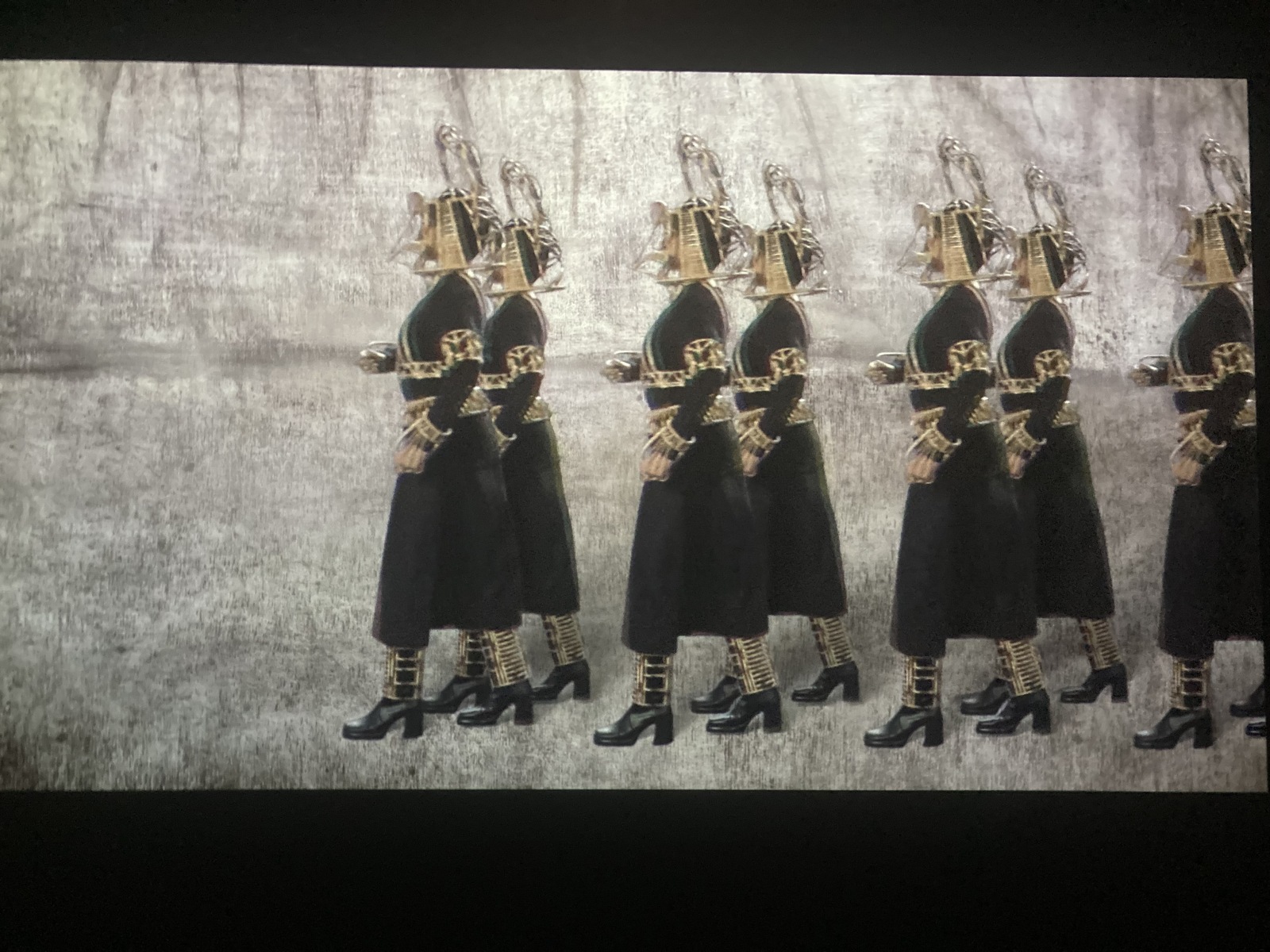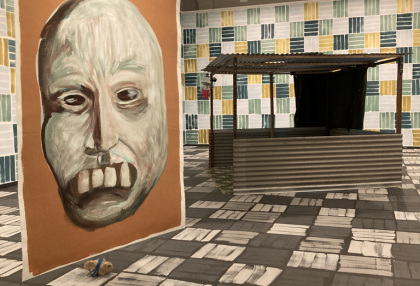Submitted Review
IOTA21: Curiosity and Rituals of the Everyday
‘…how can craft make us rethink the intersections between art and life?’
The inaugural Indian Ocean Craft Triennial Australia (IOTA21) is an impressive constellation of exhibitions, satellite shows, talks, workshops, and a three-day conference situated across Western Australia. Given the high calibre and variety of practices showcased throughout the Triennial, it’s about time that we came together to celebrate contemporary craft.
John Curtin Art Gallery is co-presenting the international survey exhibition alongside Fremantle Arts Centre and features 23 artists from India, Kenya, Malaysia, South Africa and Western Australia. These artists are living in a broad section of socio-economic contexts, relationships to land and heritage, and their practices bring new nuances and questions around craft and contemporary life.
While art historians and critics have often linked craft and textiles with the ancestral ritual, domestic spaces, and raw materials these artists are focused on dealing with and thinking through what it means to make in 2021; through a global pandemic, social inequality, climate crisis, and ask how can craft make us rethink the intersections between art and life?
Shakuntala Kulkarni’s Juloos and Other Stories (2018) is a four-screen synchronised video showing a performance by Kulkarni as a Zen warrior. Adorned with detailed cane armour Kulkarni performs a sequence of gestures that draws from the abhinaya of Indian temple dance idioms, and the flow and movement of postures in karate. This choreography refers to marches, protests, and processions and occupying public spaces that are embodied, imposing, and collective – a counterpart to the increasing avenues for digital protest that might feel comparatively ephemeral.
Kulkarni’s dress is a paradoxical sight where the exaggerated armour and headgear would offer little protection in a physical altercation. And yet the cane wearable sculptures are imposing apparel, crafted specifically for Kulkarni’s body – a female warrior. Juloos and Other Stories, like many of Kulkarni’s works, challenges outdated associations of craft being linked to folk and primitive practices, and also explores imagery of public debate and protest to be held by a feminine protagonist.
Monique Tippett’s Karrakin includes a series of sculptural works that made in dedication of the red-tailed black cockatoos that are common to the South West of Western Australia, where Tippett lives. Cut from railway sleepers and treated with charcoal ink, gold leaf and lacquers, the karrakins refer to a flock of cockatoos in flight – of meeting, gathering and relocating. Together, these sculptures are emblems of mourning, displacement, and precarity that the area faces, due to the effects of bauxite strip mining, logging, and climate change. The works become ominous monuments for what we’re losing day by day.
Three works by Yee I-Lann: Harunan Motol (Boat’s Ladder), PANGKIS, and Harunan Motol are part of an ongoing collaboration between the artist and a Dusun/Murut and Bajau Sama DiLaut weavers. They are works that through the process of making, provide a space and ritual for reflecting on social organisation, local philosophies, distribution of power. Harunan Motol is a particularly impressive weaving with pandanus spanning 488 x 550 cm woven in collaboration with Yee I-Lann. It is a stunning heritage weave with bright commercial dyes that holds an imposing presence in the foyer of the gallery.
These are only three of the many outstanding artists in IOTA21 at John Curtin Gallery. Each work provides unique insight into ways of thinking about ritual, the everyday, and the power of rethinking the role of making during times of precarity and displacement.
CC
Christina Chau
Image 1: Shakuntala Kulkarni (detail)
Image 2: Shakuntala Kulkarni (detail)
Image 3: Monique Tippett (installation)
Image 4: Yee I-Lann (installation) with Dusun/Murut and Bajau Sama DiLaut weavers
Image 5: Yee I-Lann (detail)










No Comments